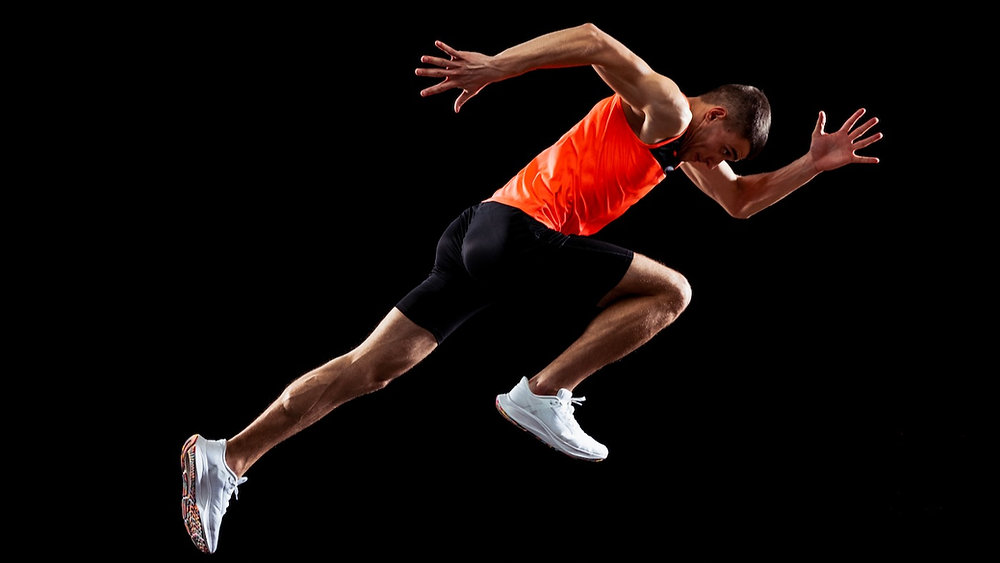Most traditional martial artists and mixed martial artists are searching for the latest and greatest techniques and methods to be the best they can be. Chances are you’re part of that group.
Before you can do any advanced exercises, however, you need a stable and strong foundation. When building that foundation, you should focus on specific exercises that replicate your most frequent movements or that support those movements. There are many exercises you can do as a martial artist, but there are a few that are essential for optimising performance.
Most of the time, people train bilaterally rather than specifically. To better understand that point, consider this question: What’s more beneficial — doing squats on one leg or on two legs?
Squatting on one leg develops stability, balance and strength. Squatting on two legs does not; it builds strength only. The more strength you develop on two legs, the worse any pre-existing imbalance becomes.
Running provides another example. As you run, you transfer power from left to right. If you are stronger on your right side and transfer force and speed to your weaker left side, you are downshifting, not upshifting. That means you’re unable to maintain the speed and force created by your right side when you transfer them to your left.
It’s similar when kicking with your right leg versus your left leg. And when you jump on one leg.
I’m not arguing that two-leg squats are bad. But you have to look at specificity first. A motorcycle has two tires. If the air in those tires is not equal, the bike loses performance.
For a martial artist, two-leg squats are good, but single-leg squats are better. They will improve your strength, stability and power. In martial arts, you constantly transfer weight from left to right or vice versa — when you kick, punch, jump, etc. That’s why strength specificity is so important.
On the subject of punching, pulls and presses provide another example. It’s great to work bilaterally, but punching is not bilateral. There are exercises you should do to develop your punches — for instance, renegade rows and plyometric pushups. These will help you develop the neuromuscular patterns you need for punching.
Here are some exercises to incorporate into your strength routine for martial artists:
Single-Leg Squat and Single-Leg Deadlift
Single-leg training is great for developing not only strength but also stability and balance. If you want to be fast and explosive, you need stability. Practically all the time in martial arts and in life, you’re transferring motion from side to side. For instance, when you walk and run, you transfer force and weight from one foot to the other. When you kick, you need the stability and strength to stand on one leg first — this ensures that your kick is fast and powerful. Without stability while standing on one leg, you won’t have speed or power.
Consider the act of jumping off a dock into a lake versus jumping off a canoe. Which one enables you to jump with more power — launching off the stable dock or the unstable canoe? Obviously, the answer is the dock.
Renegade Rows and Plyometric Pushups
Combining these two exercises will help with the neuromuscular programming you need for punching. Punching is not just a concentric motion, especially if you throw a series of punches. How you pull your arm back will dictate the speed with which you go forward. However, to load up your punch, your arm has to act like a coil spring so it can be explosive and powerful. Renegade rows and plyometric pushups are great exercises to accomplish this.
Doing the renegade rows first primes the plyometric pushups for speed. It is called agonist and antagonist training. This type of training is great if you want to develop punching because it involves the exact motions of pulling and pressing movements.
Nordic Hip Bridges
Nordic Hip Bridges are a great exercise. They not only provide a significant amount of strength training for your hamstrings but also help prevent injury. If you do not like to deadlift, they can serve as a good substitute.
There are many exercises you should be doing as a martial artist. However, there is only so much time in the day and so much energy in the human body — some of which you need for your martial arts training. The exercises mentioned here are great for developing your strength and building your foundation. Mixing unilateral with bilateral as described above will help you achieve your goals.
If you’re interested in doing more to maximize your strength, speed and power, check out the book Instant Strength.

